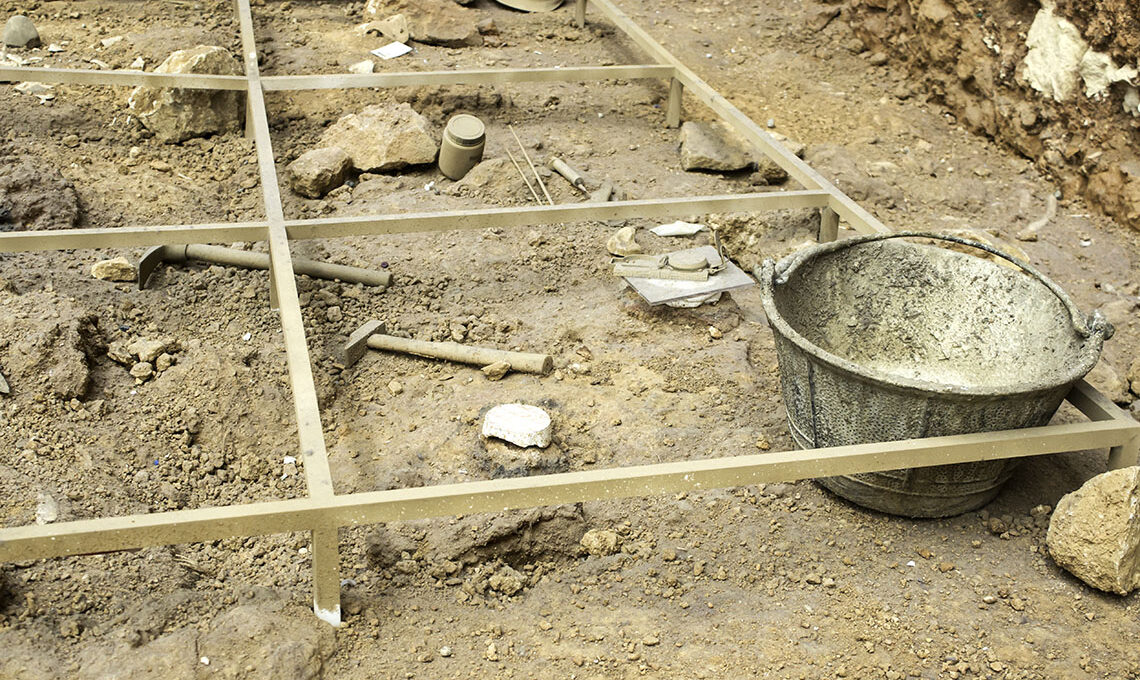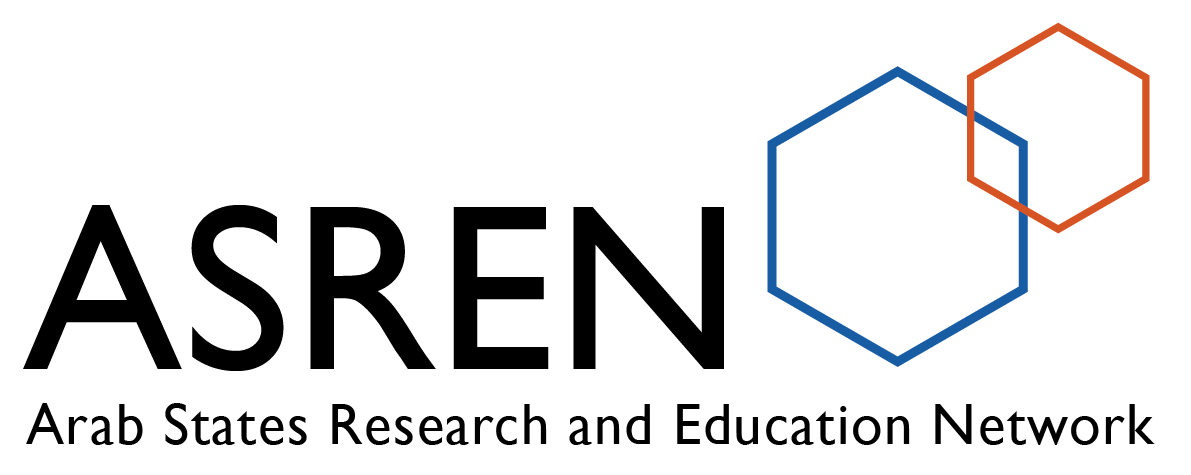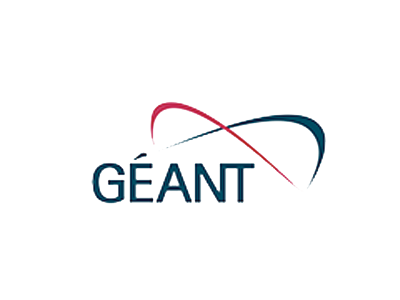
Synchrotron sheds light on ancient Middle East
Ancient bone, dental tissues, hair, and other human remains collected from archaeological sites may reveal even more information when exposed to advanced materials research methods. At the Synchrotron-light for Experimental Science and Application in the Middle East (SESAME) facility in Jordan, archaeological remains of humans who lived in the Middle East are subjected to synchrotron light from its extremely brilliant x-ray and infrared (IR) beams. The technology reveals evidence for human heavy metal exposure, as well as preservation status of bone, dental tissue, and hair at micrometre scales.
The first user-led experiment conducted at SESAME was carried out by scientists from The Cyprus Institute in collaboration with SESAME’s IR Beamline Scientist Gihan Kamel. They studied human remains from the dawn of metalworking to understand the absorption of elements such as copper into the human body.
The findings will help appropriate and informed conservation decisions to be taken and make it possible to sustain their historical value.
The cradle of human civilisation
In recent decades, synchrotron light has become an essential tool for studying matter on scales ranging from biological cells to atoms. This is not only true for studies of living cells but can also be applied to studies relevant to cultural heritage. Notably, synchrotron light has the further advantage of being non-destructive. This is particularly important for archaeological findings where the samples are often tiny.
Located in Allan, Jordan, SESAME is the first synchrotron light source for the Middle East and its neighbouring regions. The beams generated are ideal for tasks such as determining the chemical composition and structure of materials and tracking chemical reactions. While many projects aim at technological fields ranging from medicine and biology, through to materials science, physics and chemistry to healthcare, the environment and agriculture, this state-of-the-art facility is now also assisting with archaeological research.
Since the Middle East is the cradle of civilisation as we know it, the relevance of investigating the cultural heritage of the region is highly important.
Tackling the data deluge
Open to scientists and industrial users from around the world, SESAME produces thousands of gigabytes every day. Each beamline experiment produces on average 2-3 Terabytes of raw data. Beamline data increasingly need to be transferred to high-performance computing (HPC) centres in and outside the region for analysis. To tackle this data deluge, Arab States Research and Education Network (ASREN) has been connecting SESAME via its dedicated link from Amman to its Point of Presence (PoP) in London to the pan-European Research and Education Network GÉANT since 2016, with co-funding from the European Union.
The soon to be inaugurated BEAmline for Tomography (BEATS) at SESAME will be the first tomography beamline in the Middle East to serve user communities in the region, in particular the cultural heritage and archaeology communities. This allows these communities to access a state-of-the-art beamline close to the source of samples or remains to be analysed, especially with the newly launched laboratory for cultural heritage at SESAME.
This dedicated international connectivity also proved vital during COVID-19 lockdowns. With travel restrictions in place, researchers would send their samples to SESAME and subsequently analyse the experimental data online.
The text is inspired by the article “SESAME Jordan: Enhancing cultural heritage conservation toward human and economic development” on the ASREN website.
For more information please contact our contributor(s):


